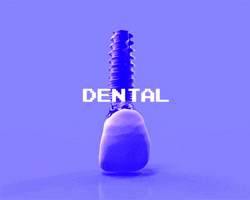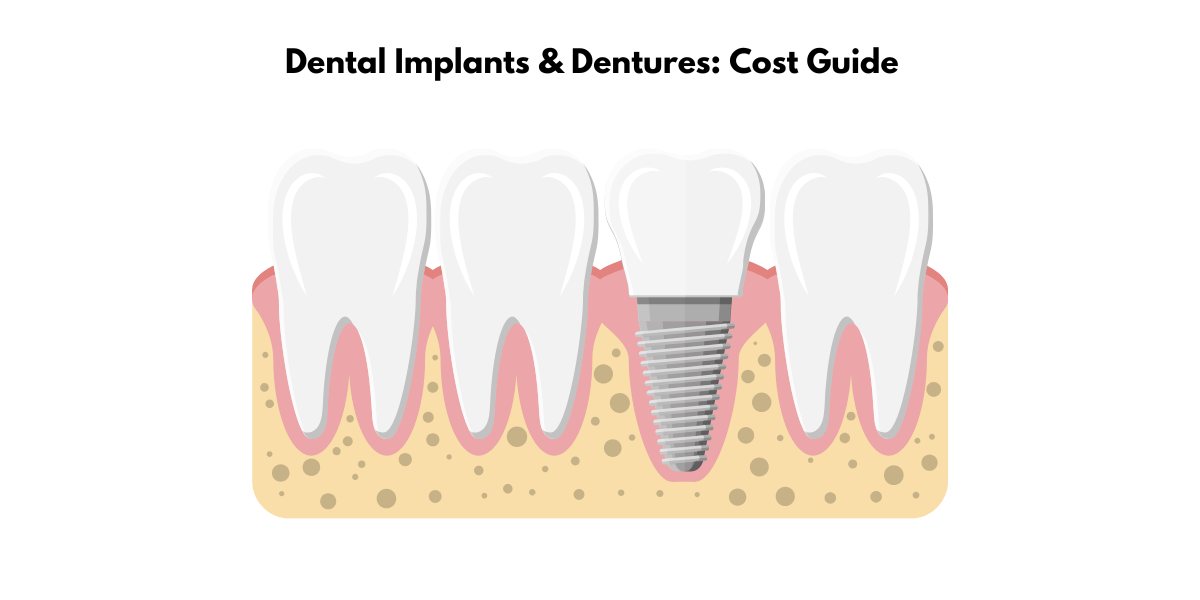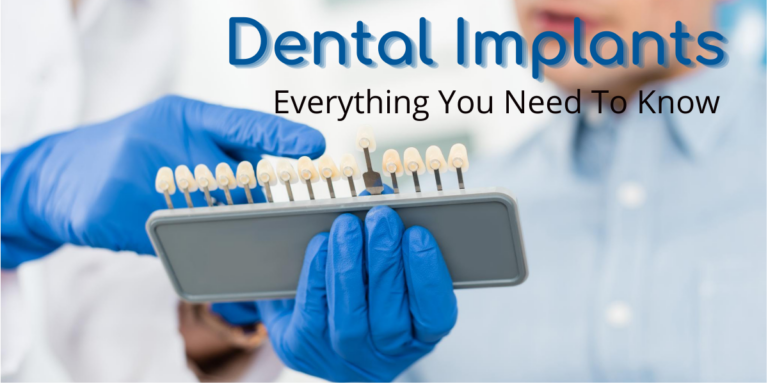Affordable Dental Implants and Dentures: Your Ultimate Cost Guide
Understanding Dental Implants & Dentures
What Are Dental Implants?
Dental implants serve as durable, long-term solutions for replacing missing teeth. They consist of titanium posts that are surgically inserted into the jawbone, acting as artificial roots. Once healed, these implants support crowns, bridges, or dentures, offering a stable support structure that closely resembles natural teeth both in function and appearance. Their longevity and structural benefits make them a preferred choice for many seeking permanent dental restoration.
Benefits of Choosing Implants Over Dentures
Choosing dental implants over traditional dentures can yield significant benefits for individuals seeking a more permanent and natural solution. Implants offer superior durability, as they are designed to last for decades with proper care, whereas dentures typically require replacement every 5 to 7 years. Moreover, implants are anchored directly into the jawbone, providing a stable and secure fit without the need for adhesives that dentures often rely on. This stability enhances both comfort and function during everyday activities like eating and speaking.
Implants also play a crucial role in maintaining oral health. Unlike dentures, which do not stimulate the jawbone, implants help to preserve bone density and prevent the deterioration that can occur with missing teeth, thus preventing facial structure changes over time. Ultimately, while both options aim to restore smiles, implants offer advantages in stability, longevity, bone health preservation, and a natural aesthetic.

Exploring Cost Variations
Factors Affecting Implant Costs
The cost of dental implants can vary widely due to several factors, each playing a critical role in the overall expense. Firstly, the complexity of the individual’s dental situation affects the cost—procedures requiring additional surgeries, such as bone grafting or sinus lifts, will incur higher expenses. Secondly, the type of implant selected, including the brand and material, contributes to the price variations. Some implants may be more expensive due to advanced technology or superior materials.
Geographic location also significantly influences cost; dental procedure prices in urban areas often differ from their suburban or rural counterparts due to the differences in living and operational costs. The experience and expertise of the dental professional performing the procedure can also impact pricing, as more seasoned practitioners may charge higher fees reflecting their skill level.
Additionally, laboratory fees and the cost of abutments and crowns placed on the implants are often calculated separately, adding to the overall total. Understanding these factors can help individuals better anticipate and plan for their dental implant expenses.

Comparing Average Costs: Implants vs. Dentures
When comparing the costs of dental implants versus dentures, it’s important to consider both initial expenses and long-term investment. On average, a single dental implant can range from $3,000 to $5,000, including the implant, abutment, and crown costs. Although this initial expenditure may seem high, implants seldom need replacement and offer lasting benefits. In contrast, dentures are more affordable upfront, typically costing between $600 and $2,000 for a complete set. However, dentures usually require periodic replacements every 5 to 7 years, which can accumulate additional costs over time.
Furthermore, maintenance for dentures, such as adhesives, special cleaning solutions, and adjustments, can add to ongoing expenses. While implants may represent a larger initial outlay, their durability and minimal maintenance requirements can make them a more cost-effective solution in the long run. Thus, when deciding between implants and dentures, consider both the immediate budget and the cumulative future costs.
How Location Impacts Price
Geographic location significantly affects the pricing of dental implants due to various economic and logistical factors. In densely populated urban centers or metropolitan areas, implant procedures often come with a higher price tag. This cost increase is generally attributed to elevated operational expenses such as higher rent and wages for skilled dental professionals.
Conversely, in suburban or rural areas, you might find lower prices for the same procedures. These areas tend to have reduced overhead costs, allowing dental practices to offer more competitive pricing. However, the availability of specialized dental care might be more limited, potentially affecting your choice and accessibility to experienced professionals.
Moreover, the local demand and supply of dental services further influence cost variations. In regions with a surplus of dental providers, competition might drive prices down, whereas in areas with fewer dental clinics, limited availability could lead to price increases. When considering where to undergo treatment, balancing cost with the quality of care offered in the region becomes essential.
Options for Affordable Dental Implants
Financing and Payment Plans
Financing and payment plans can play an essential role in making dental implants more accessible and affordable. Many dental practices offer their own financing options, allowing individuals to spread the cost over several months or even years. These plans often come with low or no interest rates, making them an attractive option for managing expenses without the heavy financial burden of an upfront payment.
Alternatively, third-party financing companies specialize in healthcare credit plans. Such programs provide flexible terms that can adapt to various budget needs, offering deferred interest or long-term payment schemes. Additionally, some practices might offer a discount for upfront payments.

Dental savings plans are another option worth exploring. They function similarly to a membership service, offering discounted rates on dental procedures, including implants. While these plans are not insurance, they can result in substantial savings and can be combined with other payment methods to lower costs further. Evaluating these alternatives can help you find a manageable financial route towards investing in dental implants.
Insurance Coverage Insights
Understanding your insurance coverage is crucial when considering dental implants, as policies can vary significantly. Traditional dental insurance plans often categorize implants as elective procedures, which means they might provide limited or no coverage. However, some modern insurance policies are starting to offer partial coverage, especially if the implants are deemed medically necessary for oral health maintenance.
When evaluating your insurance options, check for maximum coverage limits and waiting periods. Some plans may have a cap on the annual benefit, which could affect how much you save in the long term. Additionally, dual coverage from both medical and dental plans may offer a more comprehensive solution, as certain health plans cover procedures like grafting or sinus lifts that are part of the implant process.
To fully understand your policy’s benefits, it may be beneficial to consult with your insurance provider. Doing so can clarify what portion of the costs is covered and identify any prerequisites or paperwork required. Ultimately, aligning your implant goals with insurance offerings can aid in optimizing your investment.
Exploring Low-Cost Dental Clinics
Exploring low-cost dental clinics can be an effective strategy for accessing affordable dental implants without sacrificing quality. Community health centers and dental schools often provide dental services at significantly reduced rates. These clinics usually employ dental students under the careful supervision of experienced professionals, ensuring you receive competent care while helping students gain practical experience.
Non-profit organizations and government-funded programs also offer discounted dental care based on income, making it accessible to a broader demographic. These clinics frequently have partnerships with local dentists who volunteer their time and expertise. It’s worth researching such resources in your area, as they can provide a significant cost reduction compared to traditional dental practices.
Additionally, some dental practices might offer sliding scale fees tailored to your financial situation. It’s key to discuss your needs openly with clinics to identify potential discounts or payment options they might not widely advertise. By exploring these avenues, you can obtain necessary dental care without overextending your budget.

Making the Most of Your Budget
Tips on Saving Money on Dental Care
Saving money on dental care is achievable with a proactive approach and a few strategic measures. First and foremost, maintaining a consistent oral hygiene routine, including regular brushing and flossing, can prevent costly dental issues in the long run. Schedule routine check-ups and cleanings every six months, as preventative care often detects problems early before they necessitate expensive treatments.
Consider enrolling in a dental savings plan, which offers discounts on a wide range of dental services, including implants, at affiliated practices. Unlike insurance, these plans don’t have waiting periods and provide immediate savings. Additionally, taking advantage of free community dental events can offer services like cleanings and basic check-ups at no cost.
Shopping around for dental services and obtaining multiple quotes can also lead to substantial savings. Comparing prices from different providers enables you to find competitive rates for similar treatments. Lastly, ask your dentist about discounts for upfront payments or bundled services, which can further reduce costs. By implementing these tips, you can effectively manage and lower your dental care expenses.
Evaluating Long-Term Investment Value
When evaluating the long-term investment value of dental implants, consider both the functional and financial aspects. Implants are designed to be a lasting solution, typically enduring 25 years or more with proper care. This longevity can justify the initial expense, as it eliminates the recurrent costs associated with replacing dentures or bridges. Over time, this can translate into notable savings, making implants a prudent investment.
From a functional perspective, implants offer unparalleled comfort and functionality, closely mimicking natural teeth in both appearance and performance. This can enhance quality of life, improving the ability to chew, speak, and smile confidently.
Additionally, implants contribute to long-term oral health by preventing bone loss and maintaining facial structure, thus avoiding potential future costs related to these issues. While the upfront cost may be higher compared to other options, the enduring benefits and reduced need for replacements make implants a sound choice for those looking to invest in their dental health. By considering these factors, you can appreciate the lasting value implants provide.
Risks and Considerations
Possible Complications and Failures
While dental implants generally boast a high success rate, potential complications and failures can occur. One common issue is implant failure due to insufficient osseointegration, where the implant does not properly fuse with the jawbone. This can result from factors like inadequate bone density or improper placement. Infection at the implant site, known as peri-implantitis, is another possible complication, often resulting from poor hygiene or preexisting gum disease.

Mechanical issues can also arise, such as loose crowns or implant fractures, sometimes due to excessive force or material defects. Additionally, nerve damage, while rare, can lead to persistent pain or numbness, typically caused by drilling too close to nerves during the implant placement.
To mitigate these risks, it’s essential to choose a skilled dental professional and adhere to post-surgical care instructions. Regular dental visits can help monitor implant health and address potential issues early. Understanding these risks prepares you for informed decision-making and allows for a proactive approach in maintaining your implant’s health.
Ensuring Quality While Being Cost-Effective
Achieving a balance between quality and cost-effectiveness in dental implants demands strategic planning and informed choices. Start by researching and selecting qualified dental professionals with a strong track record in implantology. A practitioner’s experience significantly impacts the procedure’s success rate and longevity, so investing in a reputable dentist can save potential corrective costs in the future.
Additionally, consider generic or alternative implant brands that maintain quality but offer more affordable pricing compared to premium options. These alternatives often meet the same regulatory standards, providing reliability without exorbitant costs. Engage in open discussions with your dentist about these options to tailor a treatment plan that aligns with your budget and quality expectations.
Requesting multiple quotes from different clinics allows you to compare services and costs, ensuring competitive pricing. Opt for clinics that offer comprehensive packages, bundling necessary procedures like extractions or bone grafting, which can result in savings. Prioritize maintenance of implants through regular cleanings and check-ups to maximize their lifespan and functionality, further safeguarding your investment. By following these approaches, you can secure high-quality dental care that remains financially manageable.
FAQs
How much can I expect to spend on dental implants in my area?
The cost of dental implants in your area can vary widely based on factors like local economic conditions, the clinic’s reputation, and the complexity of your procedure. Generally, you can expect to pay between $3,000 to $5,000 per implant, but these prices might be higher in metropolitan areas or lower in rural settings. It’s advisable to obtain quotes from multiple local clinics for a better estimate.
Are there financing options for dental implants?
Yes, there are several financing options available for dental implants. Many dental clinics offer in-house financing plans with low or no interest rates, enabling you to make manageable monthly payments. Third-party healthcare lenders also provide flexible payment plans that cater to different budget needs. Exploring these options can help make dental implants more affordable.
Will insurance cover any costs associated with implants or dentures?
Insurance coverage for implants and dentures can vary. While traditional dental policies often consider implants elective and offer limited coverage, some plans might cover partial costs if deemed medically necessary. Dentures typically have better coverage under most dental plans. Review your policy details or consult with your provider to understand your specific coverage limits and options.
What steps can lower the cost of dental care?
To lower the cost of dental care, consider implementing several strategies. Maintain regular dental check-ups and cleanings to catch issues early and avoid costly procedures. Utilize dental savings plans for discounts on treatments and explore community clinics for reduced-rate services. Additionally, seek quotes from multiple providers and inquire about bundling services for discounts.
- Affordable Dental Implants and Dentures: Your Ultimate Cost Guide - May 1, 2025
- All You Need to Know About Dental Braces: Types, Cost, How They Work, and More - September 21, 2022
- Mouthguards: Why You Need One and How to Choose the Best - June 4, 2022


